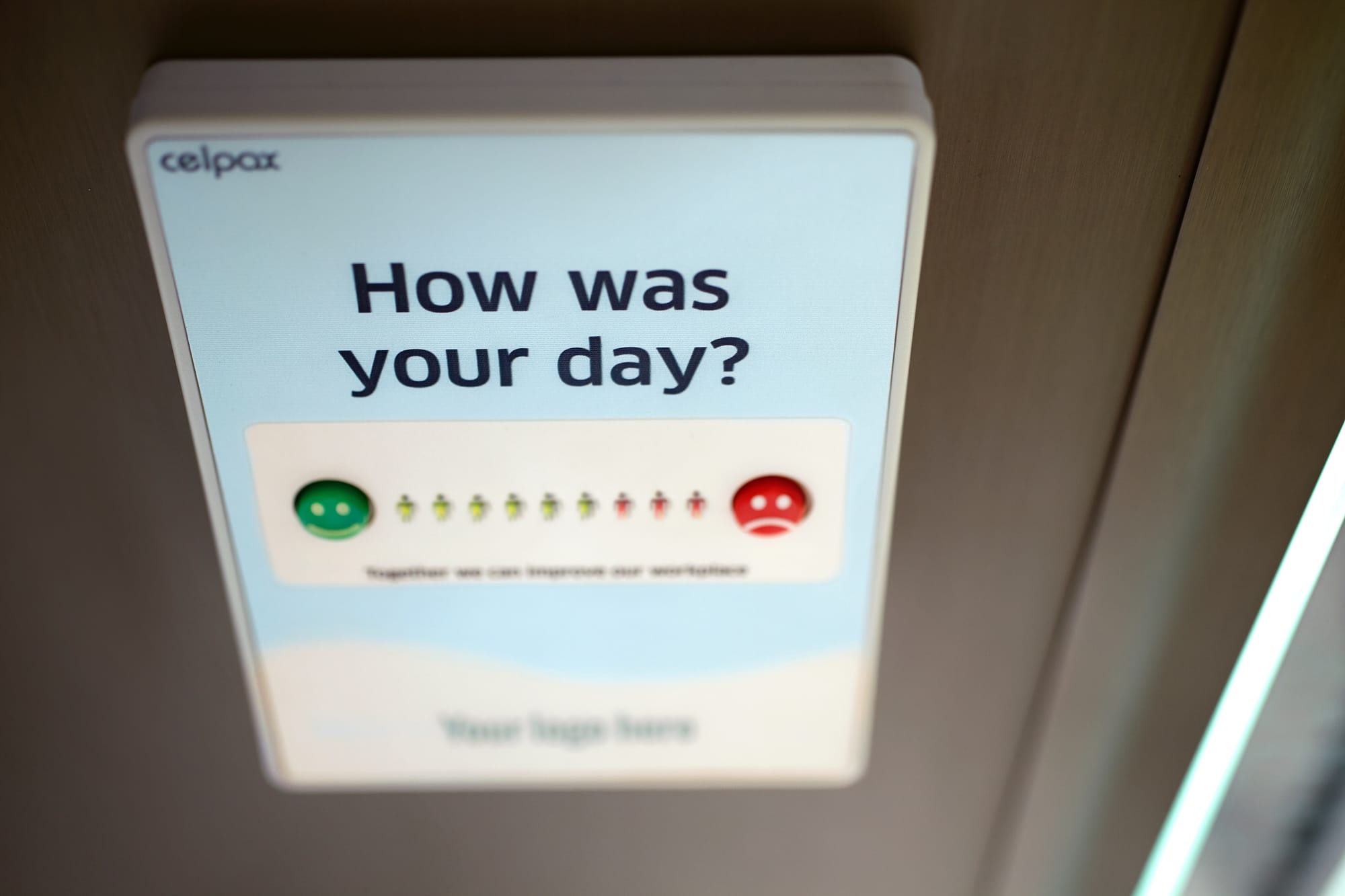Inventory Management Best Practices for Small Business Growth

Enhancing Your Operational Efficiency with Effective Stock Control
Efficient inventory management is the unsung hero of small business success. It’s a bit like the heroic character of Forrest Gump—overlooked and underestimated, yet somehow managing to be in the right place at the right time. Like Forrest’s knack for being unexpectedly pivotal and important, stock control can facilitate success in the twists and turns of a small business journey.
Inventory management is a balancing act that involves careful planning, strategic decision-making, and continuous adjustment. The ability to manage inventory efficiently can make or break the business. This concise guide aims to arm small business owners with practical tips and strategies to optimize inventory processes to drive efficiency, cut waste, and improve their bottom line. We’ll seek approaches that, like Forrest, can help small businesses run better.
Mind Your KPIs

Small businesses should anchor their inventory management with a clear understanding of Key Performance Indicators. KPIs are real-time reflections of a business’s operational efficiency, helping to steer optimal inventory practices. Here are some of the main ones to look out for:
Inventory Turnover Rate determines the number of times inventory is sold and replaced, reflecting demand fulfillment, reflecting product demand, and stocking effectiveness.
Sell-Through Rate indicates the percentage of stock sold compared to what's available, spotlighting sales efficiency.
Days Sales of Inventory (DSI) measures the average duration stock remains before sale, highlighting liquidity.
Gross Margin Return on Investment (GMROI) assesses profit against inventory costs, gauging financial yield.
Stock to Sales Ratio aligns inventory with sales volume, preventing over- or understocking.
Average Inventory Level offers insights into how much stock is held, aiding in capacity planning.
Order Accuracy Rate tracks fulfillment precision, cutting returns and keeping customers happy.
Together, tracking KPIs enables managers to get a high-resolution view of operations. With this perspective, they can adjust stock-related practices to align with consumer demand and optimize financial performance, creating a more responsive and profitable management system.
Monitor Inventory in Real-Time

Looking at KPIs is one approach to evaluate operations and performance. Other managers think about inventory management in ways that reflect a strategic business understanding. Both approaches can be helpful. For small businesses, monitoring inventory in real-time is a powerful advantage, enabling rapid responses to the dynamic demands of the marketplace. This view comprises the following aspects:
Stock Levels: Real-time tracking of inventory avoids the pitfalls of overstocking and understocking, conserving capital, and ensuring product availability.
Product Performance: Observing which items are top sellers and which are underperforming helps make informed decisions on inventory purchases and promotional strategies.
Supplier Performance: Regular assessment of vendor reliability and delivery times is crucial for timely inventory replenishment and maintaining optimal stock levels.
Seasonal Fluctuations: Preparing for and adjusting inventory to anticipate seasonal demand changes prevents overstocking off-peak and stockouts during high-demand periods.
Sales Channel Performance: Monitoring how each sales channel affects inventory ensures balanced stock across all touchpoints, improving satisfaction and preventing channel conflicts.
Staying on top of these aspects with real-time data empowers businesses with the ability to make proactive inventory decisions, keeping operations smooth and customers happy.
Practice Safe Stock

Making sure stock levels are optimized is critical for small businesses to handle unexpected surges in demand or supply chain disruptions. Calculating optimal safety stock involves analyzing sales data, lead times, and market trends. Maintaining a strategic reserve protects against potential stockouts, ensuring uninterrupted operations and customer satisfaction.
Understanding reserve inventory is key to planning for sales promotions or expansions, allowing businesses to exploit dynamic opportunities without worrying about immediate restocking.
Choose One-for-All
Many small business management software applications treat inventory as a poor step-child, almost an afterthought. But there is one inventory management app that brings together all the best practices and KPIs we’ve outlined. It’s a comprehensive stock control system that serves as a central hub for managing real-time inventory levels, optimizing storage space, and maintaining reserve stock. It’s a seamless ecosystem where inventory practices are not only managed but optimized for efficiency and growth. It’s, well, like a box of chocolates. For small businesses looking to automate and integrate the best practices and strategies outlined here, BoxHero offers an all-in-one inventory control solution tailored to their needs:
Real-Time Tracking: Businesses can monitor stock levels continuously, reacting rapidly to sales trends and inventory changes.
Data Analytics: With built-in analytics, small businesses can easily interpret their KPIs, understand product performance, and make data-driven decisions from intuitive dashboards.
Supplier Coordination: The platform facilitates better communication with suppliers, enabling smoother restocking processes and reducing the risk of stockouts.
Multi-Channel Integration: Businesses can manage inventory across multiple sales channels, maintaining a balanced and available stock.
Scalability: As the business grows, the system scales, accommodating increased volumes, additional products, and more complex supply chain logistics.
With BoxHero, small businesses command real-time monitoring, space optimization, and stock controls in one user-friendly system, streamlining inventory processes and facilitating growth.
A Just-in-Time Bottom Line
Inventory is like a box of chocolates—many boxes, in fact, full of surprises. Forrest found his fortune by being where he needed to be “just in time,” ready for any and every opportunity. By understanding and applying key KPIs, monitoring inventory in real-time, and integrating stock management systems, small businesses now can command a one-stop logistics control solution that can dramatically improve their operational and financial efficiency.
BoxHero can be an invaluable ally in the SME journey, an all-in-one cloud-based app that streamlines every aspect of inventory management, handling the hassles and helping managers focus on growth and customers—the true movers and markers of small business success.
Businesses, like shrimp, start small. Consider the humble origin of the Bubba Gump Shrimp Company and behold what it’s become today.
One obvious but often overlooked key is to make stock complexities simple and efficient.
How? That’s easy. Small businesses need only say: “Run, BoxHero, Run!”


